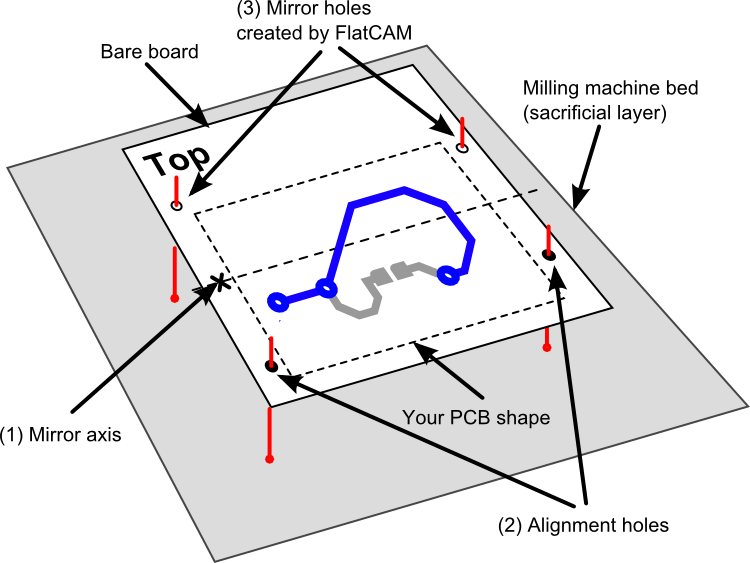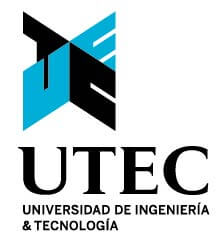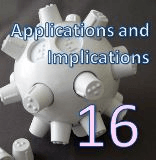Applications and Implications
What will it do? The project was to develop a CNC milling machine for PCB plates, which mill has the capacity to double-layer plates and a system of automatic exchange of tools. One of the main problems when designing an electronic board is the distribution of the components and routing their paths, this is easily solved by designing a double sided PCB. However in this process both sides must be aligned, otherwise the holes and vias in each layer won't match this usually happens when turning the boards manually. I decided to build a machine that can make double side PCB boards easier, as current machines usually finish one side of the board first and then the user swaps the board side being careful to keep the pcb same location. My project seek to reduce or even eliminate the time spent changing the side of the board. Who's done what beforehand?
A list of references where I take some of my inspirations to make this experiment and for further research:
- Patrick Thorn - MDX40A Rotary Axis
- Mikey Sklar - Double Sided PCB CNC Milling
- FlatCAM
-
http://flatcam.org/manual/procedures.html#side-pcb
The main idea behind this process is to ensure that when you turn your board around to mill the bottom side of your PCB it will be perfectly aligned with the top side.The alignment is accomplished by using alignment holes/pins. These are holes on your board and on the milling machine bed (typically a board made of wood, known as “sacrificial” layer). The pins are used to align the holes on the board to the holes on the sacrificial layer. The holes are always symmetrical across a mirror axis. This ensures that when you turn your board around, the board can be aligned using the same alignment holes as before.

- HungSic Jang - Homemade CNC ATC Test Automatic Tool Changer



